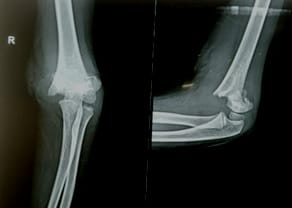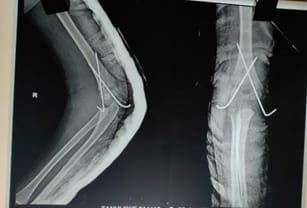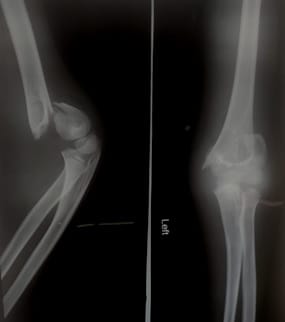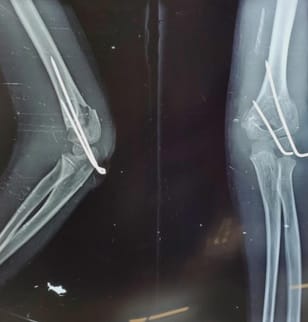Comparison of functional outcome and complications in Gartland’s Type III fracture Supracondylar Humerus in paediatric population by different pinning technique
Upadhyay S.1, Kumar Kirar S.2*, Singh S.3, Varshney A.4
DOI: https://doi.org/10.17511/ijoso.2021.i03.03
1 Sanjay Upadhyay, Assistant Professor, Department of Orthopaedics, ABV Government Medical College, Vidisha, Madhya Pradesh, India.
2* Sunil Kumar Kirar, Senior Resident, Department of Orthopaedics, ABV Government Medical College, Vidisha, Madhya Pradesh, India.
3 Sanat Singh, Associate Professor, Department of Orthopaedics, ABV Government Medical College, Vidisha, Madhya Pradesh, India.
4 Atul Varshney, Professor & HOD, Department of Orthopaedics, ABV Government Medical College, Vidisha, Madhya Pradesh, India.
Background: Fracture Supracondylar humerus is one among common fracture in children between age 5-7 years. Boys are frequently affected than girls. Extension variety is more common. The conventional approach to treat fracture supracondylar humerus (Type III) is a close reduction with percutaneous fixation. There have been controversies as to which surgical technique should be used, cross pinning or two-wire lateral pinning. This study aims to find which method of pinning is most appropriate to fix fracture supracondylar humerus. Method and material: A Retrospective comparative study was designed to analyze the outcome of the cross pinning and lateral pinning method. A total of 60 patients were included in the study. They were divided into two groups of 30 each. Group A comprised of fixation by cross pinning method. Group B comprised of fixation by two-wire lateral pinning method. Results of both groups were analysed about Flynn’s criteria and complications. Result: The mean age in Group A was 5.1 years and in Group B was 4.8 years. One patient was lost to follow up in Group A. On the final follow up, there was statistically no difference in terms of outcome according to Flynn’s criteria in both groups. According to Flynn’s criteria>95% of patients had a satisfactory outcome in both groups. Among Group A, there were 2 cases of iatrogenic ulnar nerve praxis whereas in group B there was one case of pin loosening. Conclusion: On comparing both techniques there was no significant difference in the outcome. However, there is a slight increase in the chances of iatrogenic ulnar nerve injury in the cross pinning method.
Keywords: Fracture supracondylar humerus, Cross pinning, Lateral pinning, Flynn’s criteria, Iatrogenic nerve injury
| Corresponding Author | How to Cite this Article | To Browse |
|---|---|---|
| , Senior Resident, Department of Orthopaedics, ABV Government Medical College, Vidisha, Madhya Pradesh, India. Email: |
Upadhyay S, Kirar SK, Singh S, Varshney A. Comparison of functional outcome and complications in Gartland’s Type III fracture Supracondylar Humerus in paediatric population by different pinning technique. Surgical Rev Int J Surg Trauma Orthoped. 2021;7(3):51-56. Available From https://surgical.medresearch.in/index.php/ijoso/article/view/231 |


 ©
© 


